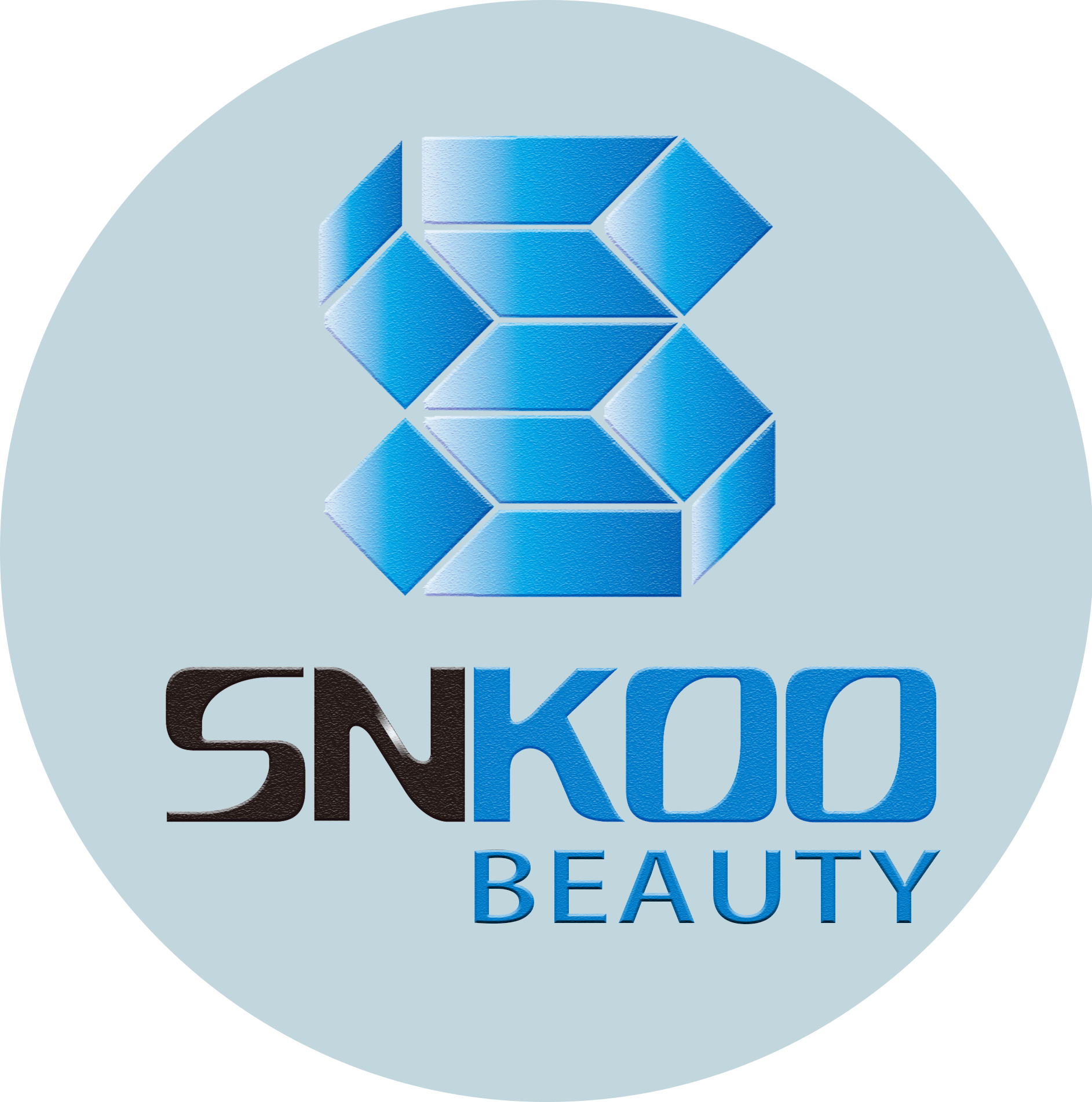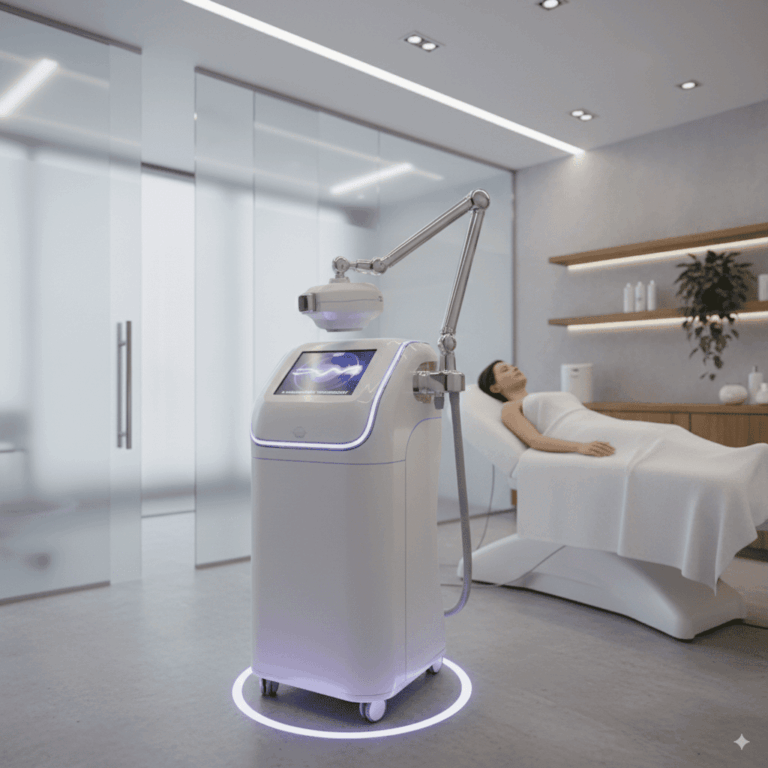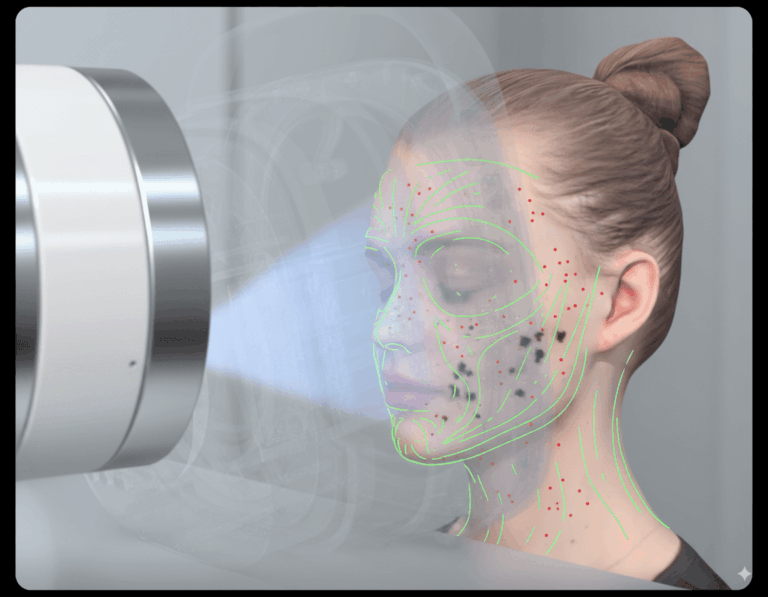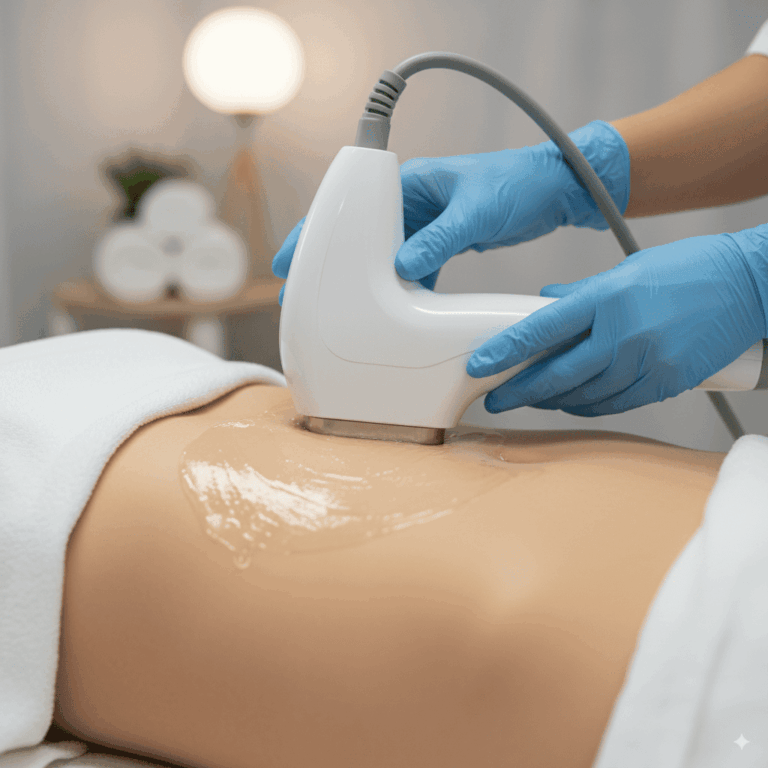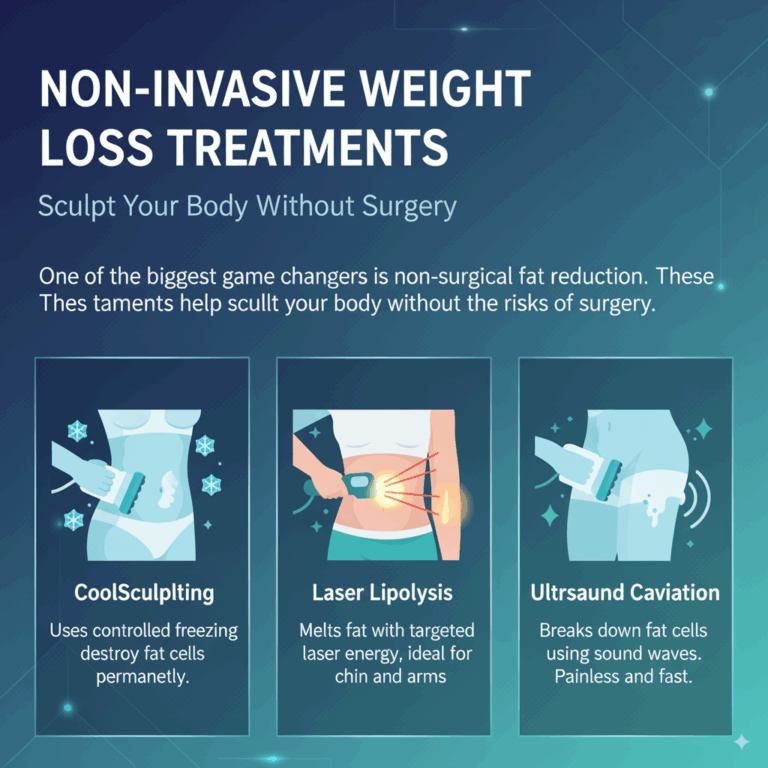Microneedling Therapy: A Comprehensive Guide to Skin Rejuvenation
Microneedling therapy, also known as collagen induction therapy, has gained significant popularity in the field of aesthetic medicine for its remarkable ability to rejuvenate the skin. This minimally invasive procedure uses fine needles to create micro-injuries on the skin’s surface, triggering the body’s natural healing process and promoting the production of collagen and elastin. In this blog post, we will explore the principles, benefits, applications, and post-treatment care associated with microneedling therapy.
What is Microneedling?
Microneedling involves the use of a device fitted with fine needles that create controlled micro-injuries on the skin’s surface. These micro-injuries stimulate the skin’s natural wound healing processes, resulting in increased collagen and elastin production. The procedure can be performed using different devices, including dermarollers, dermapens, and automated microneedling devices.
How Does Microneedling Work?
The principle behind microneedling is simple yet effective. The tiny needles penetrate the epidermis and dermis layers of the skin, creating micro-injuries that the body recognizes as wounds. This prompts the body to repair the damaged skin by producing new collagen and elastin fibers. The result is smoother, firmer, and more youthful-looking skin.
Benefits of Microneedling
1. Improved Skin Texture and Tone
Microneedling helps to smooth out uneven skin texture and improve skin tone. It effectively reduces the appearance of fine lines, wrinkles, and large pores, giving the skin a more refined and polished look.
2. Enhanced Collagen Production
The micro-injuries caused by microneedling stimulate the production of collagen and elastin, essential proteins that provide structure and elasticity to the skin. This leads to firmer and more resilient skin over time.
3. Reduction of Scars and Stretch Marks
Microneedling is highly effective in reducing the appearance of scars, including acne scars and surgical scars, as well as stretch marks. The procedure promotes the regeneration of new skin cells, which gradually replace the damaged tissue.
4. Minimally Invasive with Minimal Downtime
Unlike more invasive procedures, microneedling is minimally invasive and requires little to no downtime. Most patients can resume their normal activities shortly after the treatment.
5. Increased Absorption of Topical Products
Microneedling creates tiny channels in the skin, enhancing the absorption and efficacy of topical products applied during and after the procedure. This allows for better delivery of active ingredients, such as hyaluronic acid, vitamins, and peptides, into the deeper layers of the skin.
Applications of Microneedling
1. Facial Rejuvenation
Microneedling is commonly used for overall facial rejuvenation, addressing concerns such as fine lines, wrinkles, uneven skin tone, and enlarged pores. It can be performed on the entire face or targeted areas, such as around the eyes, mouth, and forehead.
2. Acne Scar Treatment
Microneedling is particularly effective in treating acne scars. The controlled micro-injuries break down scar tissue and stimulate the production of new collagen, resulting in smoother skin and a reduction in the depth and appearance of scars.
3. Stretch Mark Reduction
Microneedling can help to improve the appearance of stretch marks by promoting collagen and elastin production. This leads to a reduction in the width and depth of stretch marks, making them less noticeable.
4. Hair Restoration
Microneedling is also used in hair restoration treatments. By creating micro-injuries on the scalp, the procedure stimulates hair follicles and promotes hair growth. It is often combined with topical hair growth products for enhanced results.
Post-Treatment Care
Proper post-treatment care is essential to ensure optimal results and minimize potential side effects. Here are some tips for post-microneedling care:
1. Avoid Sun Exposure
After microneedling, the skin is more sensitive to UV rays. It is important to avoid direct sun exposure and use a broad-spectrum sunscreen with at least SPF 30 to protect the skin.
2. Keep the Skin Hydrated
Hydration is crucial for the healing process. Use a gentle, hydrating moisturizer to keep the skin moisturized and prevent dryness.
3. Avoid Harsh Skincare Products
For a few days after the treatment, avoid using harsh skincare products that may irritate the skin, such as retinoids, exfoliants, and alcohol-based toners.
4. Follow Your Provider’s Instructions
Your skincare provider will provide specific post-treatment instructions based on your individual needs. Follow these instructions carefully to ensure the best results.
Conclusion
Microneedling therapy is a versatile and effective treatment for various skin concerns, including fine lines, wrinkles, scars, and stretch marks. Its ability to stimulate collagen production and improve skin texture makes it a popular choice for those seeking a non-invasive solution for skin rejuvenation. By understanding the principles, benefits, and applications of microneedling, you can make an informed decision and achieve a healthier, more youthful complexion.
Your Interested Machines
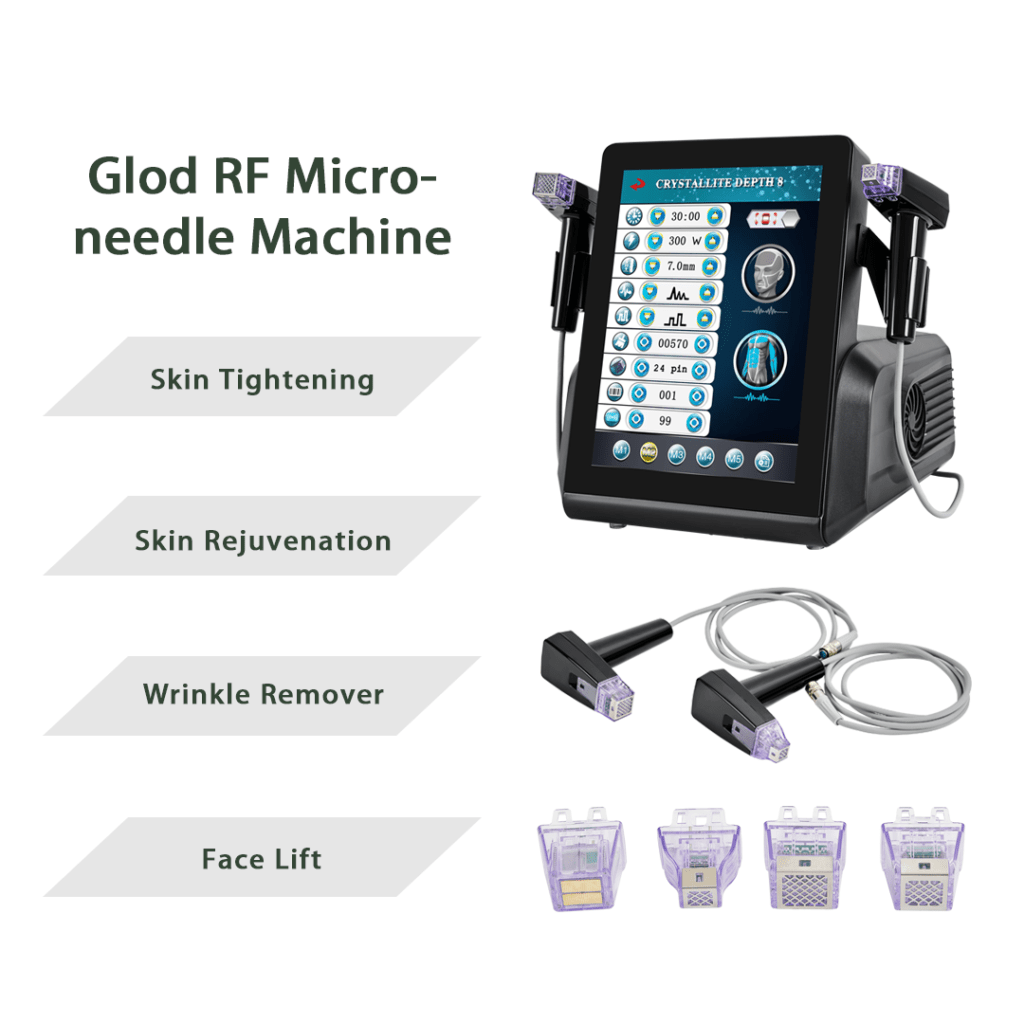 |
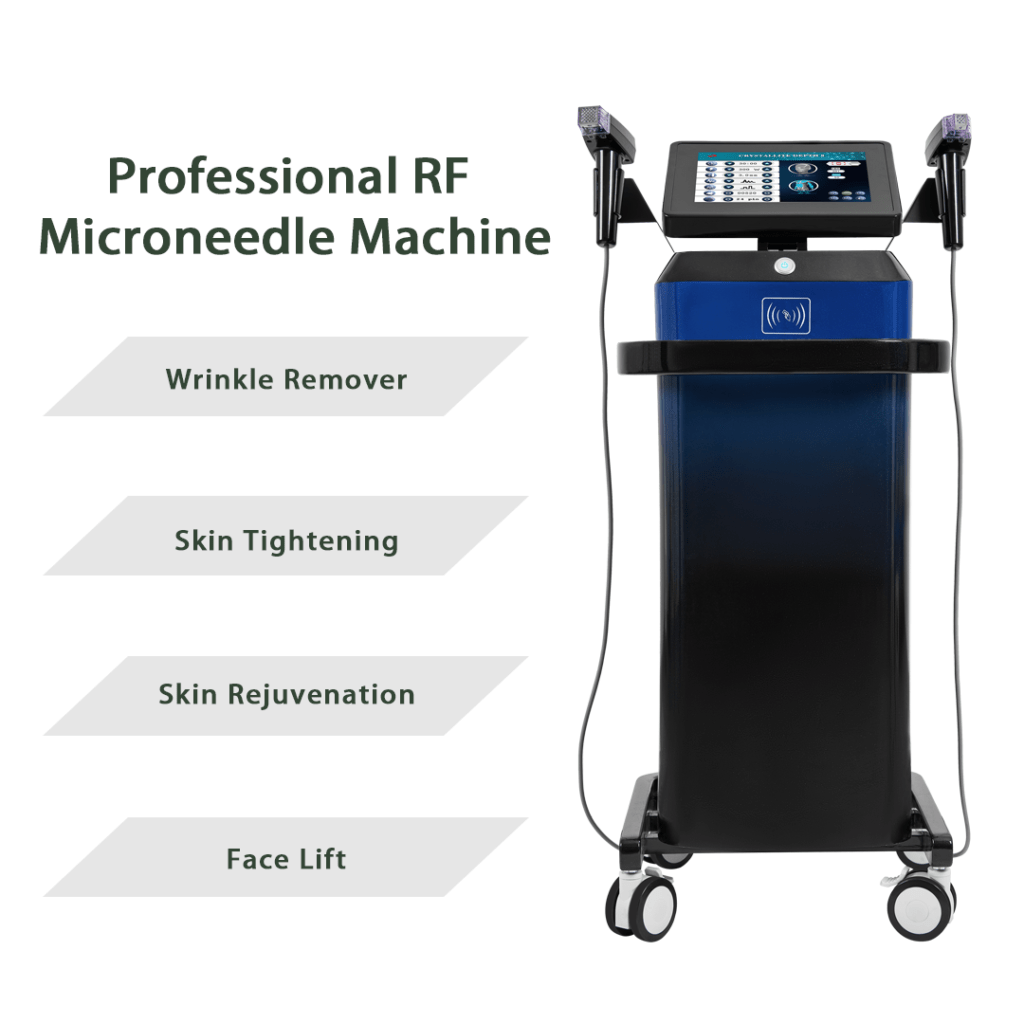 |
 |
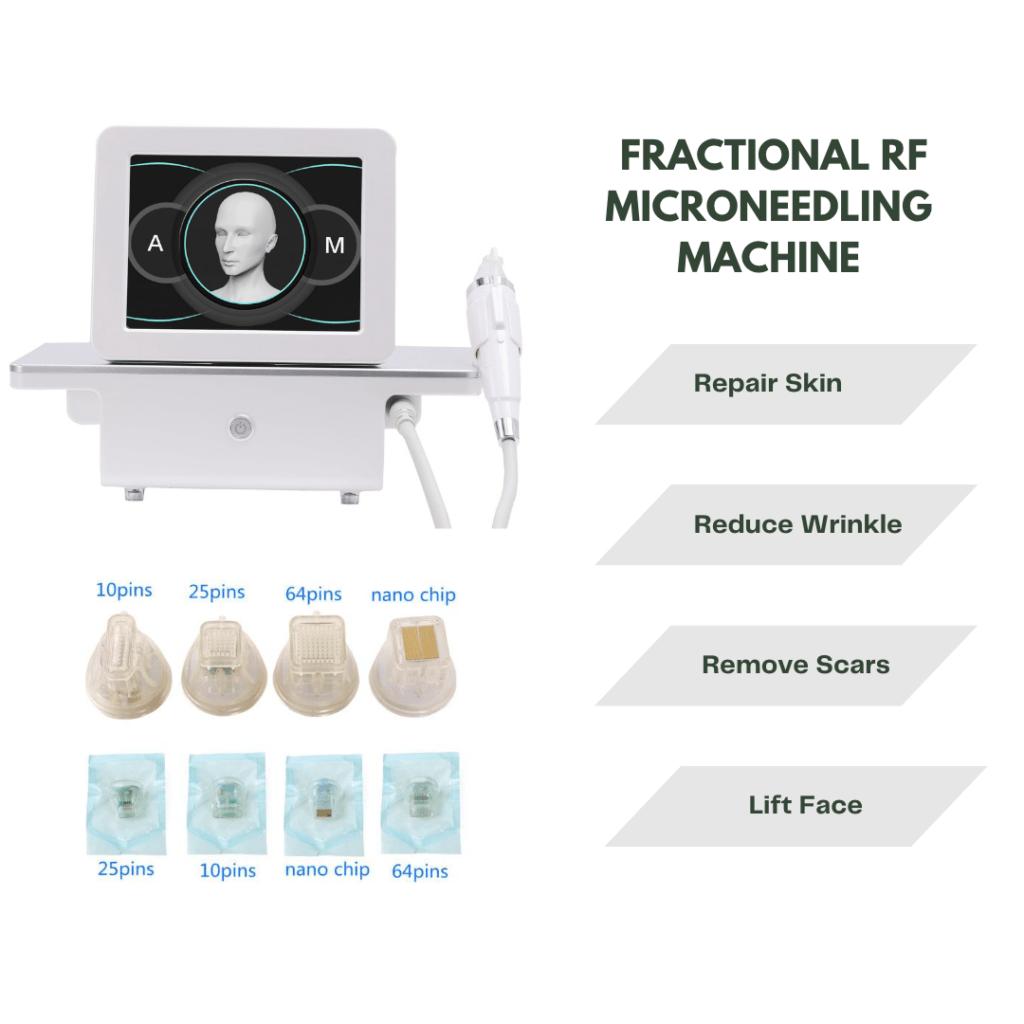 |
